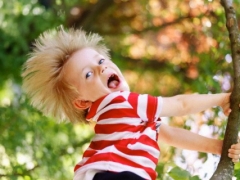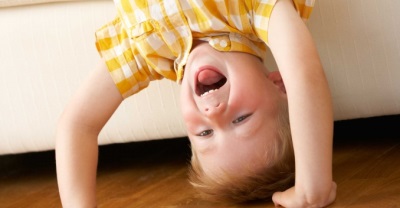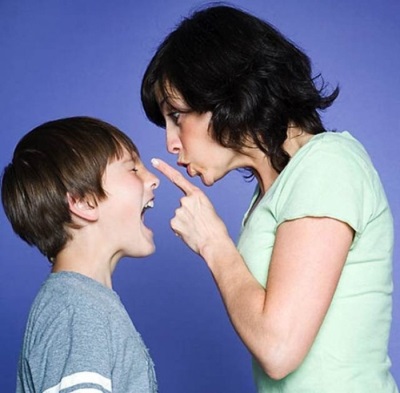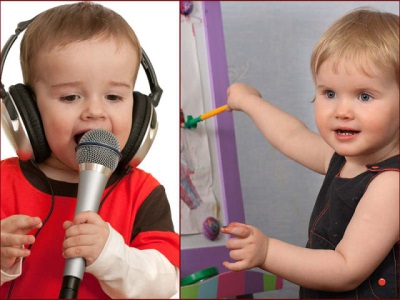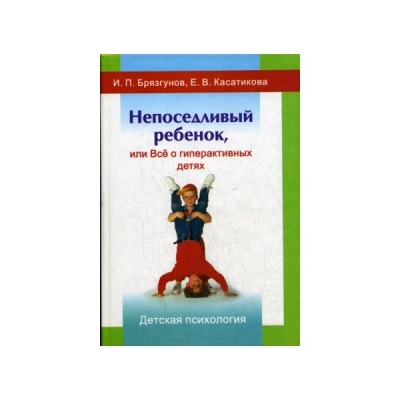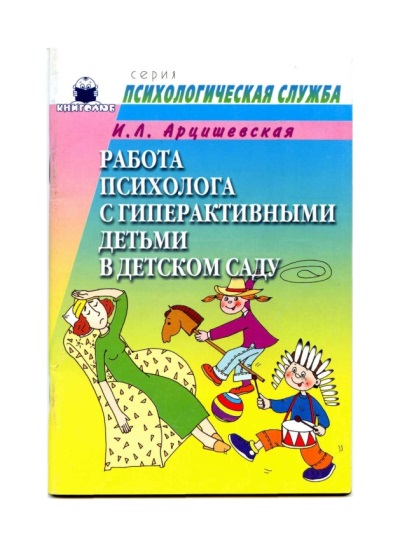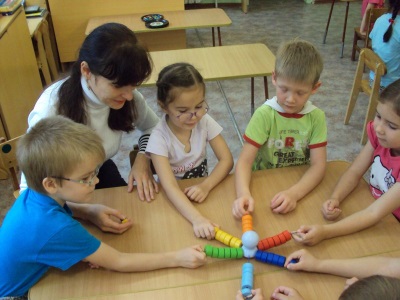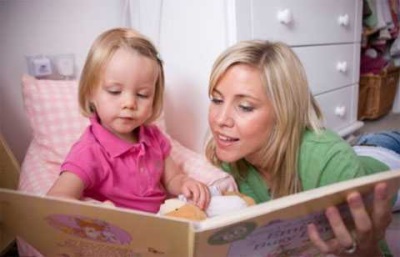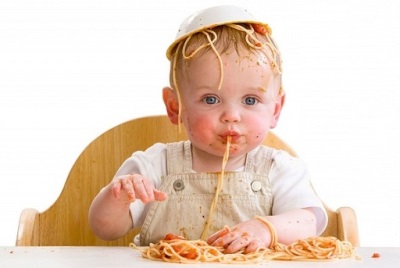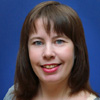What to do parents hyperactive child: tips psychologist
What does ADHD mean?
Psychological characteristics of hyperactive children
Hyperactive children are very restless, they always run, jump, show activity. Sometimes it seems to everyone that they have a motor attached to them that works endlessly. They can move actively for a long time, even if others do not demand it from them.
During games and activities, children cannot sit still and cannot control their arms and legs. So, in 2 - 3 years, when the baby is very mobile, he often rolls tantrums, naughty, runs and quickly overexcited, tired. Against this background, there may be various diseases, sleep disturbance.
In 3–4 years, disorder of coordination of movements is added, and parents are so tired of such behavior that they start to sound the alarm and turn to specialists. Proved by experts that the maximum number of manifestations symptoms ADHD is observed during a child's crisis - at 3 years and at 6-7 years. Such a portrait of a hyper-reactive child does cause many problems and upbringing problems for parents.
Parents should not just hang the label “ADHD” for their child; only a specialist - a neurologist can do it, and a psychologist will help in class to correct this behavior. Let us examine in more detail what signs of behavior can occur in children with this syndrome.
We recommend to watch the video of the program of the famous children's doctor E. Komarovsky dedicated to hyperactive children:
Attention deficit and hyperactivity
Signs of manifestation of this diagnosis depends on a combination of three main manifestations:
- Lack of attention (inattention). The kid is inconsistent in his actions. He is distracted, does not hear the speech addressed to him, does not follow the rules and is not organized. Often forgets his things and avoids boring, demanding mental effort.
- Motor disinhibition (hyperactivity). Such children can not sit in one place for a long time. An adult has the impression that the child has a spring inside or a running motor. Constantly fidget, run, sleep badly and talk a lot.
- Impulsiveness. The child is impatient, can scream from the spot, interfere in the conversation of others, is not able to wait for his turn, sometimes aggressive. Poor control of their behavior.
If at the age of 6-7 years old the child has all the above signs, then we can assume the diagnosis of ADHD.
We understand the reasons
It is important for each parent to know and understand where the child has these symptoms and why. Let's try to explain all this.The brain of a child at birth was slightly damaged for some reason. Nerve cells, as is known, are not restored, and therefore, after injury, other healthy nerve cells begin to gradually take over the functions of the injured, that is, the recovery process begins immediately.
Parallel to this is the age development of the child, because he learns to sit, walk, talk. therefore from the very beginning, the nervous system of a hyperactive child works with a double load. And in the event of any stressful situation, prolonged stress (for example, adaptation in the kindergarten or at school), the child has a worsening of the neurological condition, symptoms of hyperactia appear.
Brain damage
- Prenatal pathology;
- Infectious diseases;
- Toxicosis;
- Exacerbation of chronic diseases in the mother;
- Attempts to terminate a pregnancy;
- Immune incompatibility by Rh factor;
- The adoption of alcohol and smoking.
Complications of childbirth:
- Malposition;
- Stimulation of labor;
- Asphyxia;
- Internal hemorrhage;
- Premature or prolonged labor.
For information on how birth trauma affects the subsequent hyperactivity of the baby, see the video:
Genetic causes
Psychosocial causes
This is one of the most important causes of hyperactivity. Most often, parents who come to us for a consultation and do not suspect that the reasons for such behavior of their children lies in the family:
- Lack of maternal caresses and human communication;
- Lack of warm contact with close people;
- Pedagogical neglect, when parents do not pay attention to the child at all;
- An incomplete family or many children in the family;
- Mental tension in the family: constant quarrels and conflicts between parents, an excess of emotions and actions associated with manifestations of power and control, a lack of emotions and actions associated with love, care, understanding;
- Child abuse;
- Different approaches to raising a child in the family on the part of different educating figures;
- Immoral lifestyle of parents: parents suffer from alcoholism, drug addiction, commit offenses.
Positive points
But such children have not only deficiencies in behavior, but also many positive qualities. They are rampant dreamers and inventors, they always have an uncommon answer to any question you ask.
As adults, they turn into different showmen, actors, join the ranks of creative-minded people. They love to dream, and notice in the outside world, something that you have not seen.
Their energy, flexibility and striving for success attract people to their person, because they are wonderful interlocutors. In games and various groups, they are always on the lead, the leaders from birth. With them you just will not get bored.
Activities and games for the correction of hyperactivity
Do preschoolers
The most complete scheme of psychological correction with the help of games and exercises is described in the books:
I.P.Bryazgunova and E.V. Kasatikova “Restless Child”:
Artsishevskoy I. "The work of a psychologist with hyperactive children in kindergarten":
Classes that are held with such children may include the following methods and techniques:
- games for the development of attention and coordination of movements;
- learning self-massage;
- games for the development of tactile interaction;
- mobile games of the constraining moments;
- finger games;
- work with clay, sand and water.
Here are a few games from these books for children of preschool and school age, which any mother can spend at home:
- Exercise "Yoga gymnastics for kids»;
- «Set the alarm"- squeeze the palm in the cam, perform circular movements at the solar plexus;
- «Alarm clock rang, "ZZZ" - we stroke a palm on a head;
- «Sculpt face"- we hold hands on the edge of the face;
- «Sculpt hairs"- press the fingertips on the hair roots;
- «Sculpt eyes“- touch the eyelids with your fingertips, hold the index finger around the eyes. Blink eyes;
- «Sculpt spout"- we hold the index finger from the nose bridge down the wings of the nose;
- «Sculpt ears"- pinching the earlobes, stroking the ears;
- «Sculpt chin"- stroke the chin;
- «Draw the nose of the sun " - we twist the head, draw a nose with the rays;
- «We stroke our pens“- stroke one hand first, then the other;
- Speak in chorus: "I am good, kind, beautiful, we stroke our heads ";
- Exercise "One, two, three - say!": Mom draws a track, grass and a house on a piece of paper or blackboard. Then he offers only after the command “One, two, three - say!” To say what is shown in the picture. After that, the mother with her eyes closed and asks the child to draw a flower or a bird, then she guesses that she has finished her baby. This game teaches you to be a child patient and attentive.
Game "Attentive eyes"
Mom offers the child to carefully consider what the doll has, her clothes, what color of eyes. Then the child turns away and tells what a doll is from memory.
Exercise "Wonderful Bag"
Game "Chants - whispers - silent"
School children
Game corrector
Take any printed text with large print. Give one part of the text to the child, leave the other to yourself. As a task, suggest that the child cross out all the letters “a” in the text, after completing the task, exchange texts for the mutual test.
"Monkey"
“Entangled lines”
"Verbal row"
Call the child different words: sofa, table, cup, pencil, bear, fork, school, etc. A child listens carefully and claps his hands when a word denoting, for example, an animal occurs. If the child gets off, repeat the game from the beginning.
In working with hyperactive children, you can use a method such as multi-therapy and fairy-tale therapy. Pick a cartoon individually for a given problem of the child.
Cartoons and fairy tales for the prevention and correction of hyperactivity
Have your child see the following cartoons:
- "Naughty kitten"
- "Masha is no longer lazy"
- "Monkeys"
- "Naughty Bear"
- "Nehochuha"
- Octopuses
- "Wings, legs, and tails"
- "Fidget"
- “Fidget, Soft and Netak”
- "That's what scattered"
- "Petya Pyatochkin"
Read to your child fairy tales from the following collections:
"Correction of motor disinhibition":
- "Naughty Goat";
- "Little Chirp";
- “The story about how Lenya stopped lazing”;
- "Restless Egorka";
- "Bad fingers."
"Self-organizing behavior":
- "Children and parents won the mess in the apartment";
- "Day without rules";
- "Puddle bon appetit!";
- "The tale of a boy who did not like to wash his hands";
- "The tale of how clothes offended."
"Ambulance" when working with a hyperactive child in different situations
If the child has symptoms of ADHD, distract and switch attention:
- Interest in other activities;
- Ask your child unexpected questions;
- Translate the child's behavior into a joke;
- Do not prohibit the child’s action in a categorical form;
- Do not order arrogantly, but ask to do something politely;
- Try to listen to what the child wants to say;
- Try to repeat your request many times with the same words (in a calm tone);
- Leave one in the room (if it is safe for his health);
- Do not read morals (the child still does not hear them).
Listen to the advice of Dr. Komarovsky on how to raise a hyperactive baby:
Important Tips
- It is difficult for children to keep a lot of information in their heads. It is best to break assignments for them. First give one task, then another. For example, first say that you need to remove the toys and only after the baby has done this, let’s follow the instructions.
- Most hyperactive children have huge problems with the sense of time. They do not know how to plan their activities. That is, they cannot be said that if you do the task, in a month you will receive a toy. It is important for them to hear, you take away the toys and get the candy.
The "token" system works best with such children. For doing any work, the child receives a reward in the form of points or tokens, which he then exchanges for something. This game can be played by the whole family.
- Application timer It helps children who have problems with the sense of time to track it. You can use the usual hourglass or musical moments.
- Be sure to be monitored and consulted by a specialist neurologist and, if necessary, take medication.
- Eliminate excess sugar intake. This can give additional energy, and lead to over-excitation of the nervous system.
- Eliminate food allergies from the diet. It can be various dyes, preservatives, flavors.
- Give your child regular use. viitaminov.
- In conversations with the child always maintain a positive attitude.
- Speak always calmly. Avoid the words "no", "no".
- Avoid large crowds and noisy companies.
- Predict his overworkswitch attention.
- Take the child to the sports section, it gives a useful discharge to his body.
Sample hyperactive child menu
Experts nutritionists have developed a special menu for the little fidget.
Breakfast: oatmeal, egg, fresh juice, apple.
Lunch: nuts or peeled seeds, mineral water.
Dinner: soup with vegetables and herbs, fishcake or chicken with mashed potatoes, berry juice jelly.
Afternoon tea: yogurt (ryazhenka, kefir), whole-grain bread or wholemeal, banana.
Dinner: fresh vegetable salad, buckwheat porridge with milk or cottage cheese, herbal tea from lemon balm or chamomile.
Late dinner: a glass of milk with a spoonful of honey.
This is only an approximate list of dishes, the menu can be adjusted taking into account the risk of possible allergic reactions and addictions of the child.
